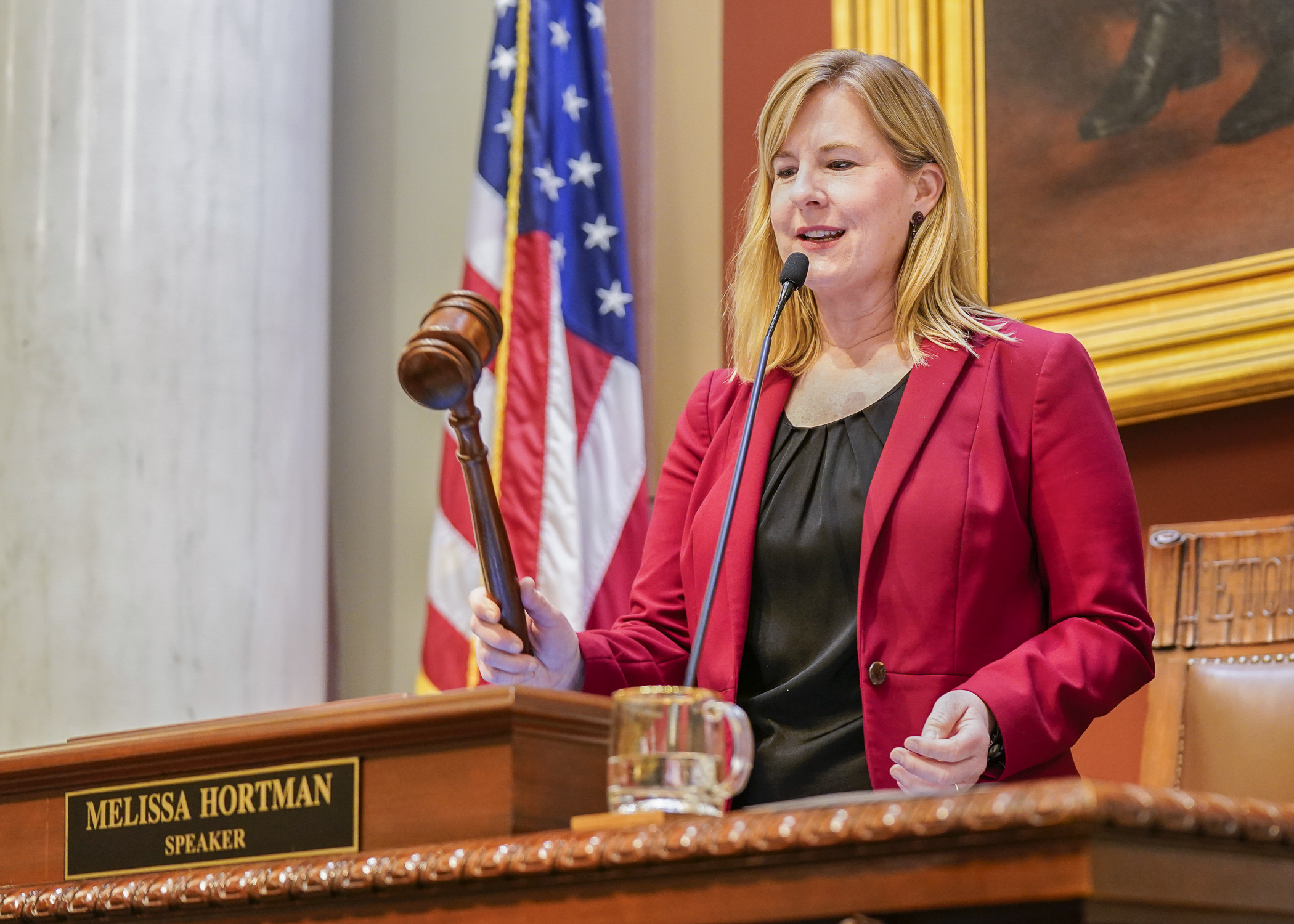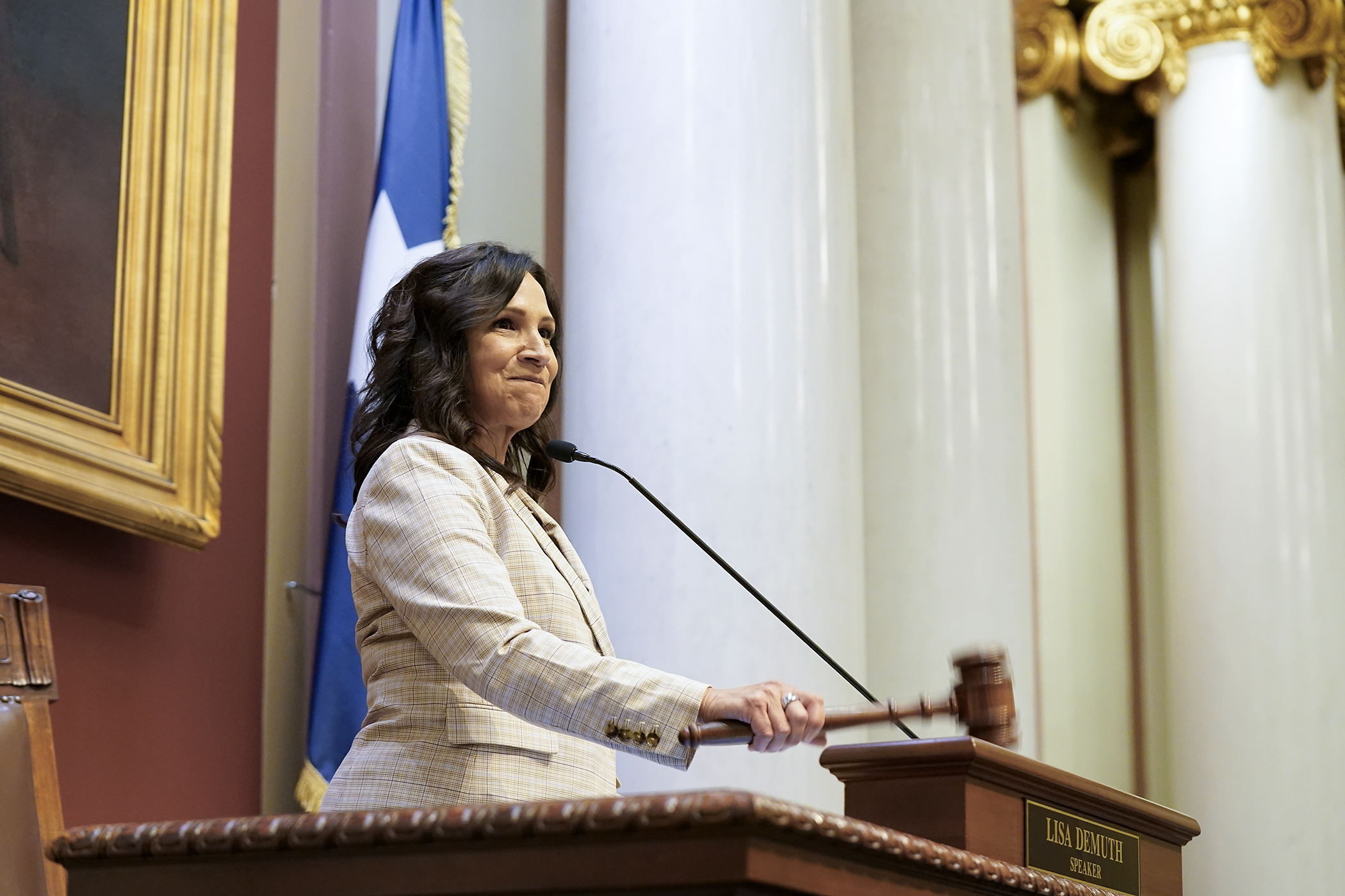House bill could boost state's green ammonia industry
What’s “green ammonia”?
Well, it’s not the color of the compound. In fact, that combination of one part nitrogen and three parts hydrogen is actually a colorless gas. Colorless but not scentless, as anyone who’s scrubbed a floor knows.
“Green ammonia” is the term for anhydrous ammonia (i.e. ammonia without water) created using totally renewable energy. It was pioneered in 2013 by researchers at the University of Minnesota-Morris, who have employed wind power to produce up to 25 tons of it each year. It’s been used to produce enough fertilizer to cover about 300 acres of cropland.
Rep. Paul Anderson (R-Starbuck) is excited about green ammonia. He sponsors HF2103, which — as amended by the House Energy Finance and Policy Committee Thursday — would provide grants of $4.5 million each in fiscal years 2026 and 2027 to the Midwest Renewable Energy Tracking System.
The intent is to develop technology that enables operation of a system of tradable green ammonia, hydrogen and renewable energy certificates.
“This could have a huge impact in many areas of our Minnesota economy,” Anderson said. “It would have a direct impact on agriculture, as farmers could choose green fertilizer as a way to reduce their carbon intensity scores.
“The bill would be a catalyst in the growth of the green ammonia industry, and the software this bill would create could generate and track credits that could be traded worldwide as companies seek to reduce their carbon scores. This bill could also help our state on the Iron Range, as more work is being done in the new area of producing green steel.”
The committee laid the bill over for possible inclusion in an omnibus bill.
The nonprofit organization responsible for creating the certificate-trading technology — which would function similarly to a renewable energy certificate, or REC system — would be Minneapolis-based M-RETS. Its chief growth officer, Rob Davis, quoted a recent article in the journal, “Nature Food,” that cited Minnesota as being a prime candidate for decentralized ammonia production.
“It’s my opinion that’s it’s going to benefit the small co-operatives that are banding together to import anhydrous ammonia from Saudi Arabia and all over the world and having it shipped up the Mississippi River or trucked up to our location,” Anderson said. “We’re at the end of the pipeline of supply for a lot of these fertilizer products. So if we could produce this regionally, locally, it would have a stabilizing effect.”
Related Articles
Search Session Daily
Advanced Search OptionsPriority Dailies
Speaker Emerita Melissa Hortman, husband killed in attack
By HPIS Staff House Speaker Emerita Melissa Hortman (DFL-Brooklyn Park) and her husband, Mark, were fatally shot in their home early Saturday morning.
Gov. Tim Walz announced the news dur...
House Speaker Emerita Melissa Hortman (DFL-Brooklyn Park) and her husband, Mark, were fatally shot in their home early Saturday morning.
Gov. Tim Walz announced the news dur...
Lawmakers deliver budget bills to governor's desk in one-day special session
By Mike Cook About that talk of needing all 21 hours left in a legislative day to complete a special session?
House members were more than up to the challenge Monday. Beginning at 10 a.m...
About that talk of needing all 21 hours left in a legislative day to complete a special session?
House members were more than up to the challenge Monday. Beginning at 10 a.m...